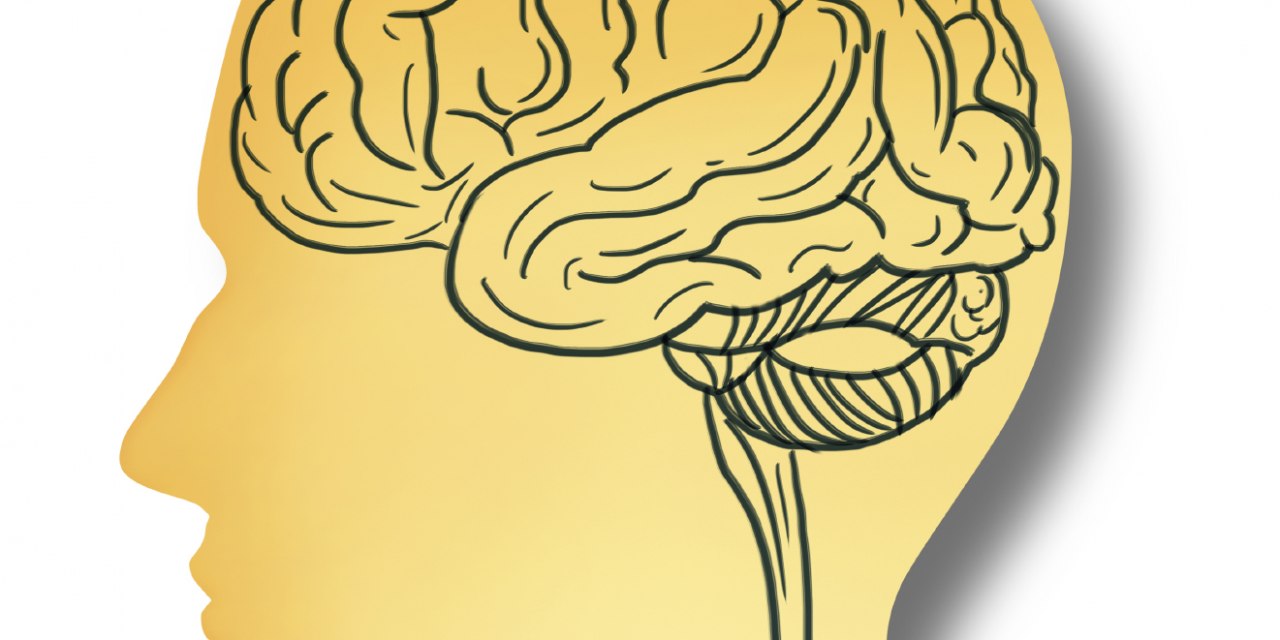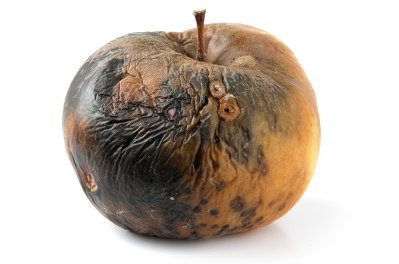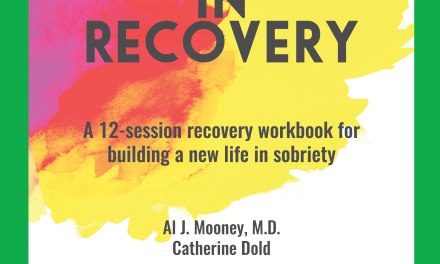These are common in the experience of many addicts and alcoholics, both during active use and later on, in recovery.
Working definition: An unwanted thought or image that seems to come from nowhere and can be resistant to elimination.
Intrusive thoughts aren’t abnormal, but they can scare the unwary. “Am I losing control of my mind?” one patient asked anxiously. The answer’s no, but since many addicts suspect they’re going crazy anyway, it’s a concern.
A way to understand intrusive thoughts is as a byproduct of the flow of consciousness. When a human being is awake, he or she is always thinking. A steady stream of thoughts, pictures, sounds, images– you might compare to a TV set that’s always on. We’re not in control of it. Go ahead, on count of three: Stop thinking. One… two… three.
You’re still thinking, aren’t you? So is everybody.
Much of this torrent concerns the past (about which we can do little) and the future (which we mostly can’t control, or even predict). Understandable, but it takes us away from the one thing we can affect for the better– our present. Some people have to make a practice of mindfulness just to focus their attention on the Now.
It’s inevitable that a portion of the images in this endless thought-stream will seem disturbing. Most likely they reflect our fears. Say you’re driving across a bridge and suddenly picture the car veering out of control and crashing over the side into the river below. That’s not a sign you want to crash; it’s probably your protective brain warning you of some perceived danger. After all, bridges can be dangerous. For most of us, any such fear we felt as kids fades with time. But the fear’s probably still there, somewhere in our emotional memory, to pop up at unexpected times.
Intrusive thoughts are so common in addictions that some therapists have been led to mistake them for sign of Obsessive-Compulsive Disorder. Indeed, early 12 Steppers described alcoholism as a physical allergy and a mental obsession. But in most cases, the intrusive thoughts associated with addiction (cravings, disturbing images, etc) go away during the course of recovery. They become less frequent and usually less disturbing as the brain heals. With OCD, ongoing treatment is normally required, including medication and behavior modification.
In the meantime, we often recommend the Three R Method. When disturbing thoughts intrude:
- Recognize them for what they are — evidence of a brain that is still in healing. Next, do something to
- Reduce their prominence– thoughts are naturally self-limiting, so all you really need is distraction, perhaps through exercise or talking or removing yourself temporarily to a different environment. Finally,
- Refocus your attention on the present. Don’t sit around worrying that you’re losing your mind.
Go back to your routine.
There’s work to be done.














This is very helpful, Scott, and I shall share with my new client who was just speaking with me about her intrusive thoughts. Many thanks!